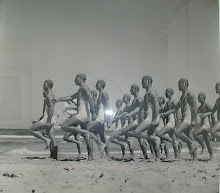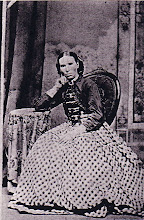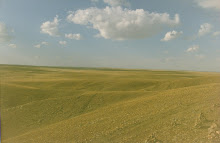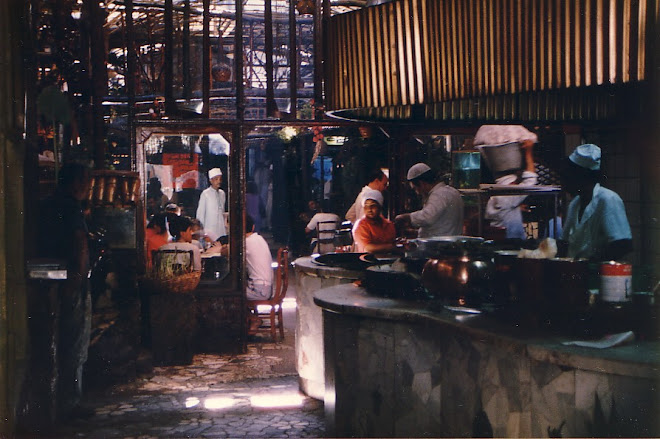Families - Acceptance and Influence
 My Grandmother prior to her Marriage, as Matron of a Country Hospital in rural Victoria, Australia c. 1915
My Grandmother prior to her Marriage, as Matron of a Country Hospital in rural Victoria, Australia c. 1915I read the following poem last night and experienced such overwhelming pain and sadness that this morning I felt I needed to write about my response. It's going to be that kind of post!
The poem was written by my grandmother and is about her re-reading, in later life, of well-wishing letters sent her on the eve of her marriage to my grandfather. And about her reflecting on the joys of being included in her husband's family.
After Many Years
Last night as I sat by the fireside, alone,
I unfolded a bundle of letters, with care;
And untied the blue ribbon - as often I've done -
So often indeed that it's starting to wear.
And each letter again whispered messages sweet,
Of welcome sincere to the family tree
And assured me of friendship and love, with the wish
That true happiness bless us - my dear on and me
Richly blessed have we been. And to those who are left
Of the dear ones who wrote me, I want just to say
I have counted as priceless the friendship they gave,
And deep in y heart it is treasured today.
Dear kind ones, your friendship has been very sweet;
Through the years it has ever stood - steadfast as steel;
I have been very happy to be one of you,
But I cannot find words to say just what I feel.
The distress I experienced was knowing how so very little she was accepted.
I particularly remember two evidences of this as a kid. There was the cold indifference shown her by my Great Aunt Arabella when she arrived in her huge black chauffeur-driven limousine to visit my parents. And seeing my grandmother always being required to eat in the kitchen, after having served my grandfather his evening meal in the dining room.
This condescension was along class lines - 'Nana' had been born into a degree of poverty in rural Victoria, Australia, and had married into Bendigo squattocracy, or landed gentry.
 My Grandparents, Late 1940's
My Grandparents, Late 1940'sMy grandfather died and my grandmother emerged. But it was too late for travel, her unrequited passion. So she embarked on inward journeys - a family history and a self-published book of poems 'Family Pictures and Memories'. In which I re-discovered 'After Many Years'.
After my initial emotional reaction to the poem, I began to consider the importance of the family/ies we 'marry' into. We tend to think only about how our partners affect and influence our lives. For better or worse.
But as the years of a relationship pass, their families, through involvements and obligations and mutually binding interests, can also subtly affect who we become, and in ways we can't always anticipate. Of course this affect can be reciprocal. Or non-existent - in any direction! Depending on all those involved. I guess what's key for me is realizing the possibilities (or lack of them) in each particular relationship and family.
So I now hope for acceptance. And then for mutually nourishing influence.

















































![C18 Bronze Buddha [Southern China]](https://blogger.googleusercontent.com/img/b/R29vZ2xl/AVvXsEioLkgVKuhDoIHQgM1X6Oe2hGn75yqaj4OJXPmNpumXmQPKxB22S57YS5DVrl1P7zl7BS6EFpAtaNZPze7gzVCRiQI54bwdHhVa4fGr7NOChZwTZoo92gUen6tC5U8gWIy_pv92U0FB38M/s1600/Buddha+%255BBronze%252C+C18%252C+China%255D+1.jpg)




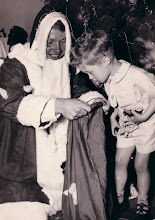








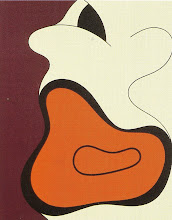+1998+Cropped.jpg)

